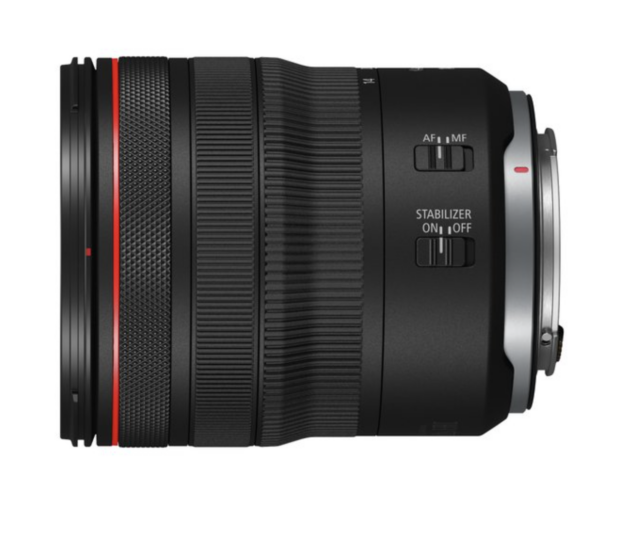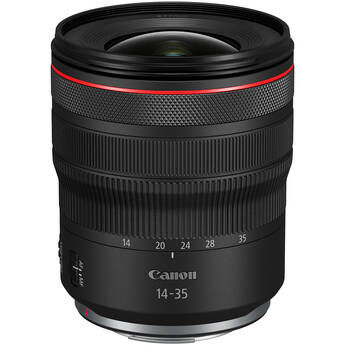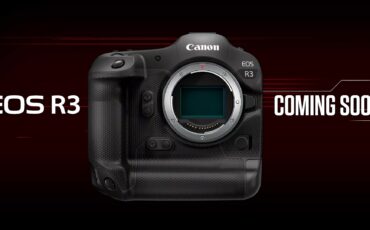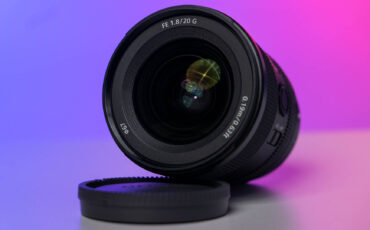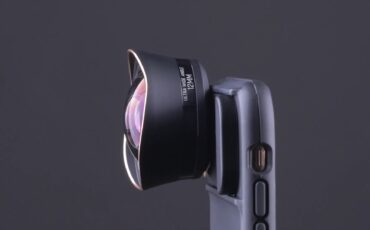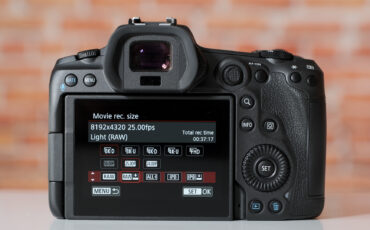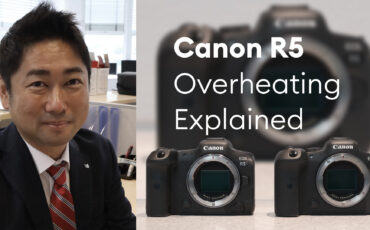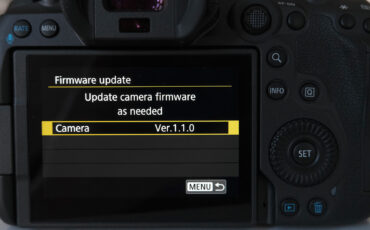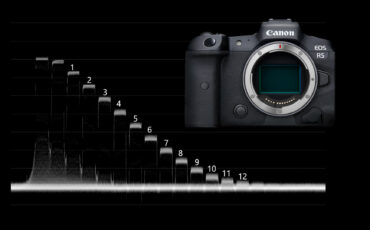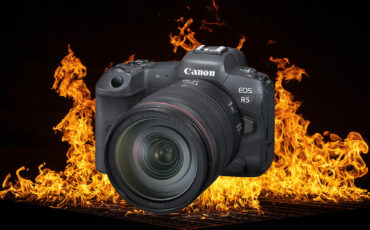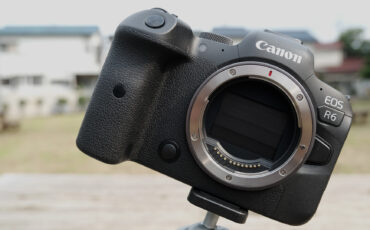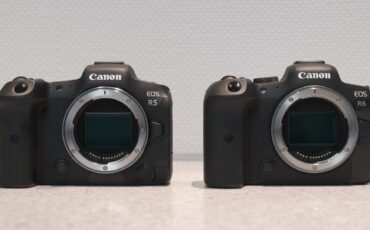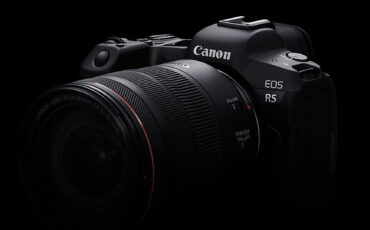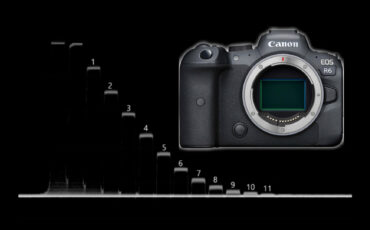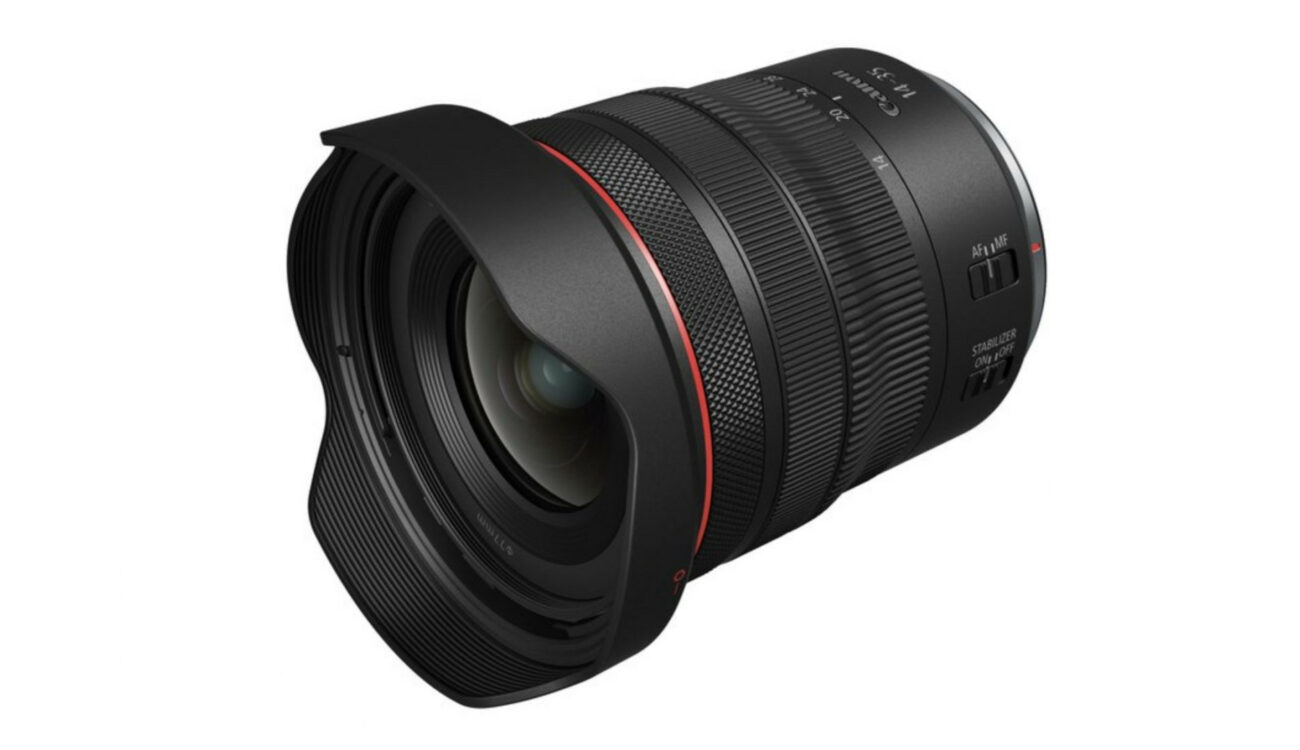
Canon’s newest lens announcement, the Canon RF 14-35 f4.0, shows that advanced lens designs can still improve beyond pure speed and sharpness.
Canon has announced a new f-4.0 zoom lens in the 14-35mm range, meaning that it will cover an incredibly wide range of wide angle focal lengths – Canon calls it their widest focal-range AF zoom ever. For reference, most zooms beginning at 14mm end their range at or around 24mm.
This lens will come in at $1.700, released in August of 2021. Check out the details of this new specialty zoom below.
Huge range in a relatively small package
One thing about the transition to RF glass is that it seems to allow Canon’s lens designers to drastically shrink lens bodies and create smaller, lighter versions of old classics. This new 14-35 lens comes in at just 1.2lbs, even while packing in up to 5 stops of optical image stabilization up to 5 stops, the high-speed Nano USM autofocus system, and Canon’s much-loved programmable control ring.
The Art & Science of Lenses
Given how compact this lens is, it should be perfect for handheld filming or even on a gimbal, making its autofocus fidelity all the more important.
The only thing about the lens that some might call less than class-leading is its f4.0 maximum aperture – but for a first-party RF lens, its $1.700 price point makes it decidedly affordable.
New tech means fewer design compromises
Interestingly, the lens will feature a big 77mm filter thread, making it far more convenient than many wide-angle zooms featuring a bulbous front element too large to use screw-on filters with. This means that Canon’s new 14-35mm will be easier to integrate into a collection of lenses, rather than one requiring its own bespoke set of rear-loading filters. It will also feature a relatively short close-focus distance of 7.9 inches, and this distance remains uniform throughout the zoom range.
It has not been announced whether or not the lens will be parfocal, but many zooms these days are functionally parfocal even if it’s imperfect enough that the manufacturer doesn’t advertise this fact.
Will you make use of this RF lens, or is it just for specialty users? Let us know what you think in the comments below!



